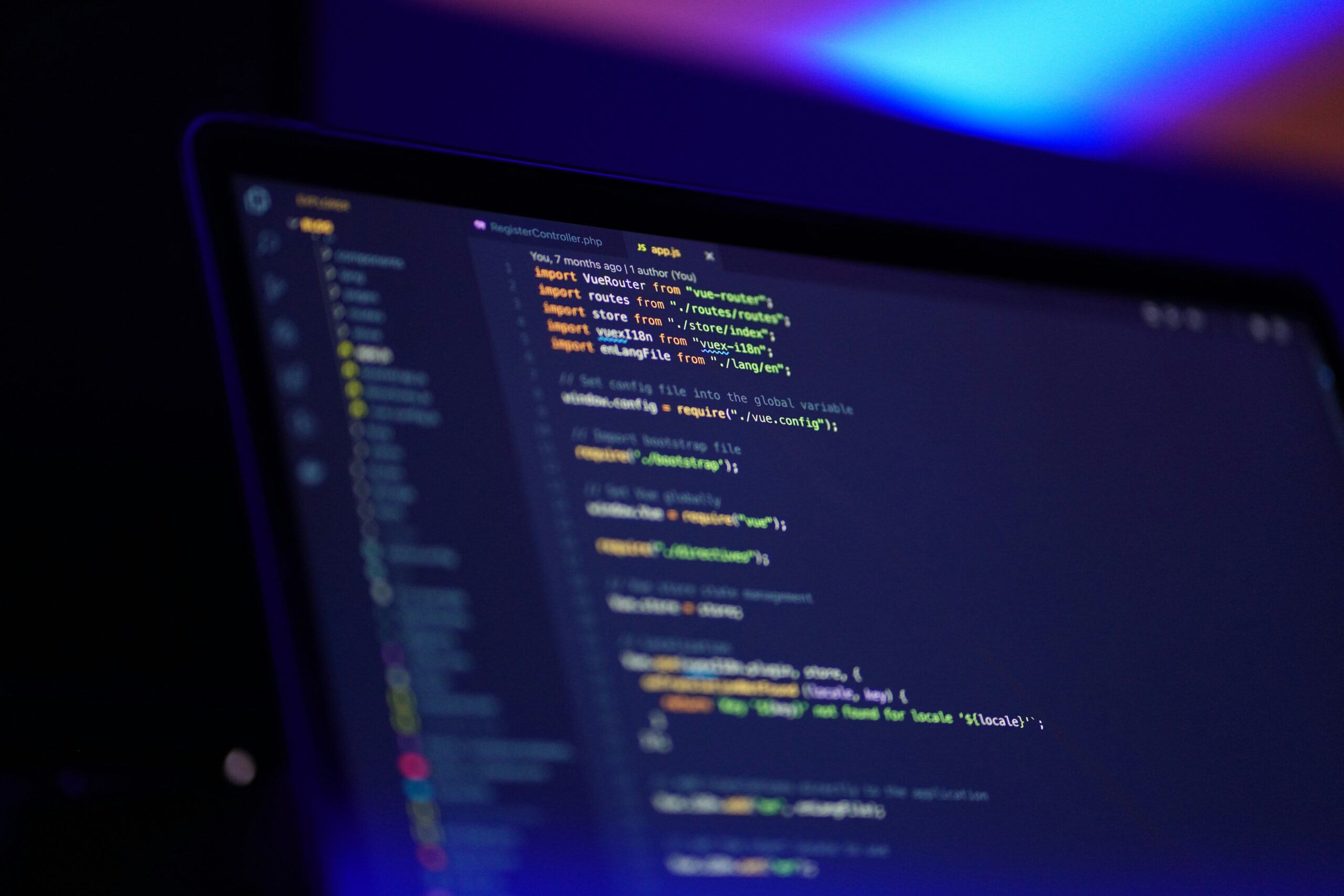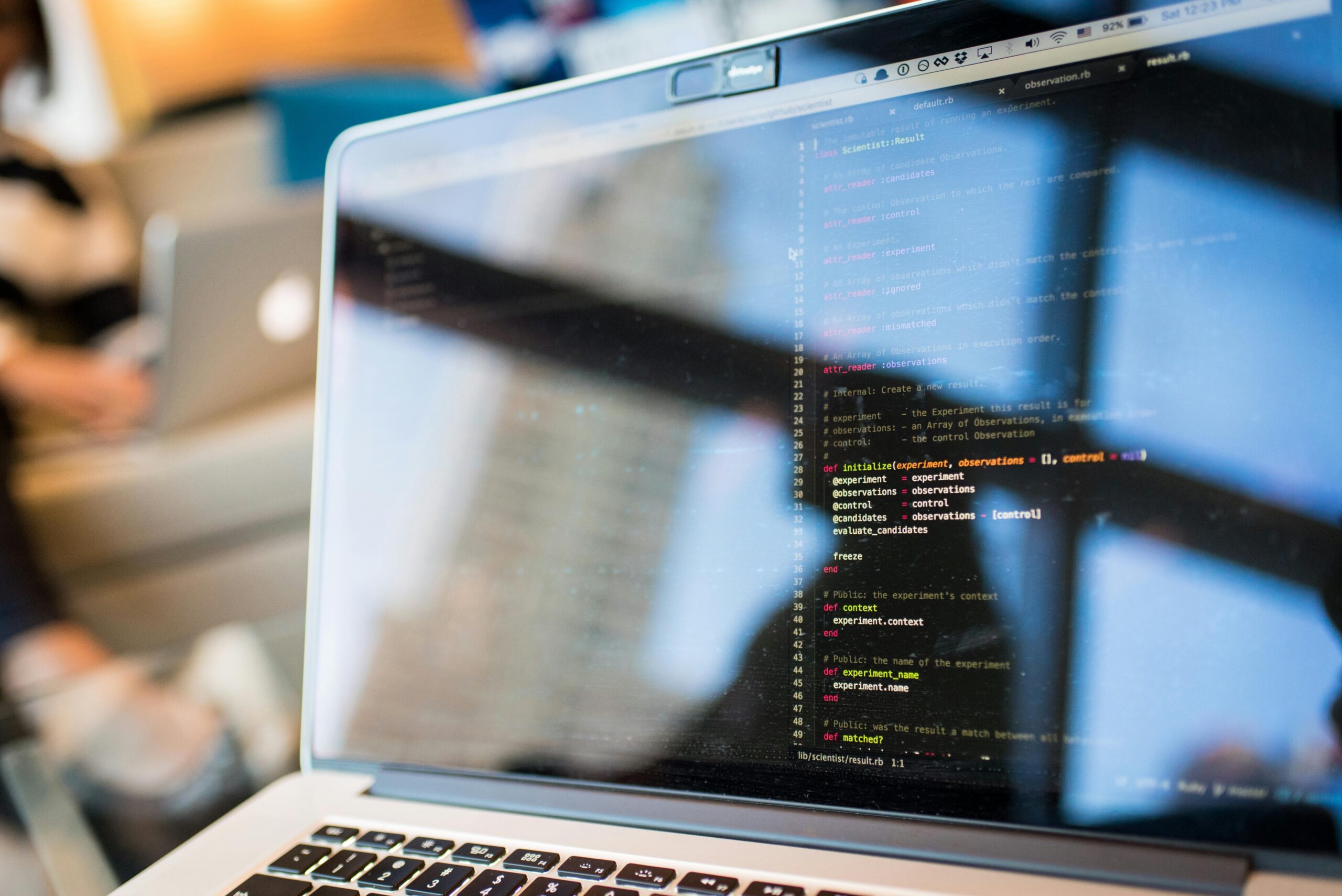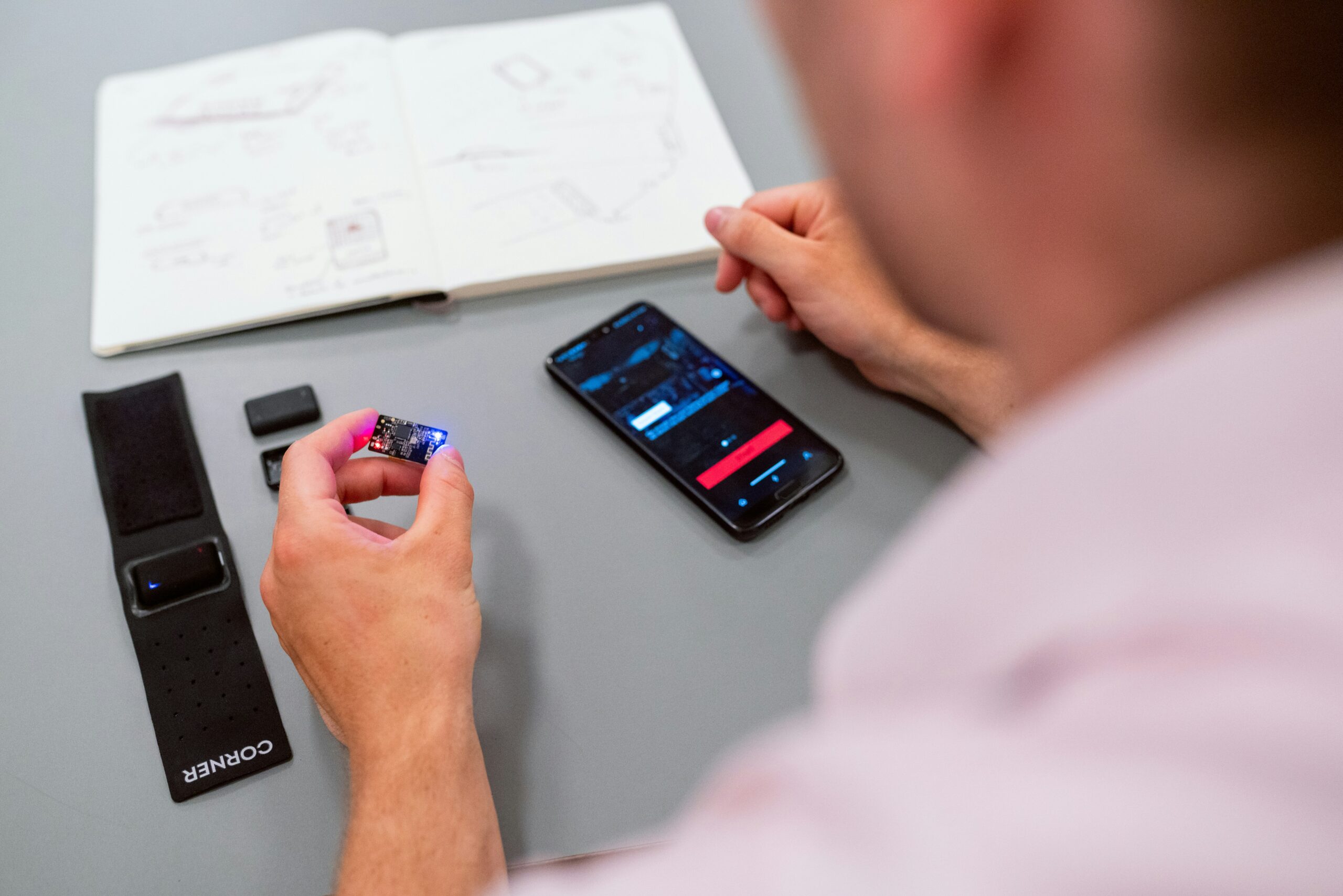Mobile development continues to grow exponentially, and requirements for apps are on the rise. The user is looking for instant boot, smooth animation, and the same user experience across all devices. In such a scenario, developers and organizations need to employ tools that allow them to develop quality and efficient apps in a shorter time, such as Flutter App Development.
What Is Flutter?
Flutter App Development is a high-performance cross-platform framework by Google that allows you to develop mobile, web and desktop applications using a single code. With the use of the Dart language and our own graphics system, Flutter provides high performance, flexibility and native appearance of the interfaces.
Why Flutter?
Flutter building stands out among other cross-platform tools in that it provides multiple key advantages:
- Single code for iOS, Android, Web and Desktop: Saves time and development costs in order to provide for multiple platforms simultaneously.
- Top performance: Utilization of proprietary rendering (Skia) and pre-compilation to machine code provides a nearly native app’s speed.
- Ease of customization of the UI: Flutter does not use native platform UI components but draws the interface itself, hence complex and specific UI solutions may be developed.
- Hot Reload: Developers can directly see changes made in the coding without needing to restart the app, which leads to much faster development and debugging.
- Google support and community: Flutter is updating rapidly, constantly catching up to updates, and is well-supported by the global developer community.
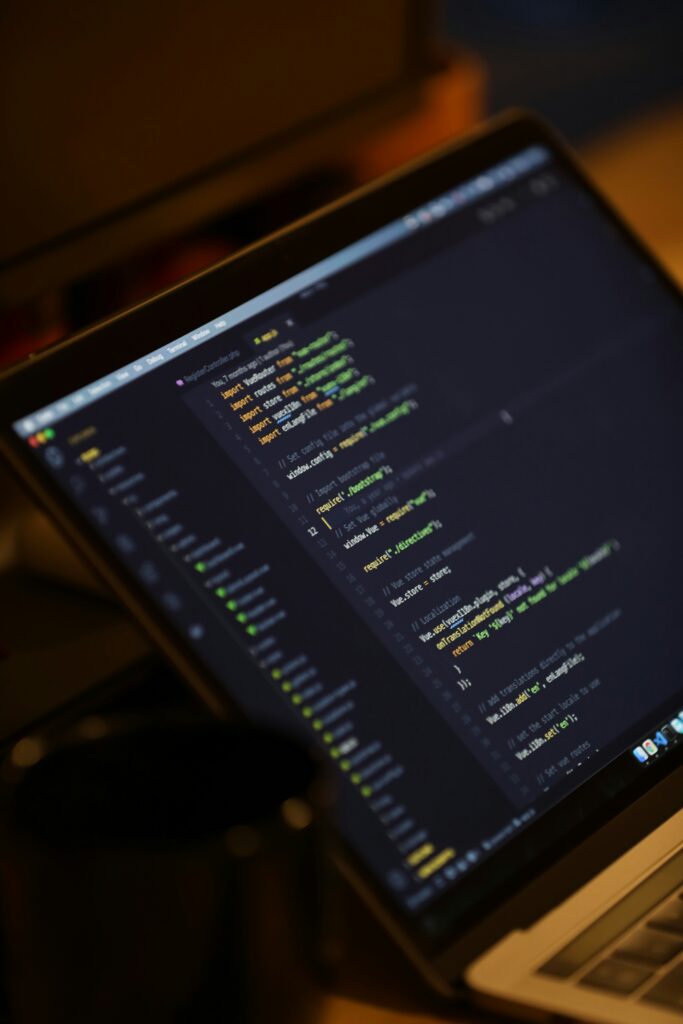
Creation of the First Project
Celadonsoft: “After installing Flutter and setting up the environment, you can proceed to create your first project. It is a simple task, but it is useful to understand its structure and key files so that you can work on the code comfortably in the future.”
Initiation of a New Project
To initiate a new Flutter project, run the following command in the terminal:
//
flutter create my_first_app
//
Where my_first_app is the title of your project. When you execute the command, Flutter will build a project structure with the files and dependencies it requires.
Then go to the project directory and open it in your IDE (e.g., VS Code or Android Studio):
//
cd my_first_app
code.
//
You can now run the emulator or connect a physical device and observe how the default application created by default works:
//
flutter run
//
Project Organization Overview
Flutter-project has several large directories and files. Let’s explore them:
- lib/ – root directory of code for the application. There is the main.dart file inside it where the application is started.
- android/ and ios/ – platform-specific settings for Android and iOS.
- pubspec.yaml – a configuration file containing data about project dependencies, resources and settings.
- test/ – a directory where tests are put that are used to check the code’s functionality.
At this stage it should be apparent that the majority of the effort will be within the lib/ directory, and pubspec.yaml will need to reference dependencies, images and fonts.
Running and Testing the Default Template
After a project is successfully constructed, it can be run on an emulator or a real device. Flutter automatically generates a minimal app with a button whose click increments the counter. This is a good time to get to know the code.
Try changing the button text or app title in main.dart file to confirm everything is going well.
Core Dart
Celadonsoft: “Flutter is built on the Dart programming language, a language that was designed by Google specifically for the friendly UI and efficient creation of multi-platform apps. Being a beginner developer, it is essential to understand Dart’s core concepts, its inner workings and how it is perfectly suited for Flutter App Development.”
What Is Dart, and Why Is It Important to Flutter?
Dart is a new language with concise syntax, static typing and high performance. Its key benefits:
- UI development orientation. Dart was originally designed to be used with interfaces, and thus it is extremely easy to create custom applications.
- Paradigm flexibility. The language supports object-oriented programming (OOP), but functional and asynchronous programming are also supported.
- High performance. Dart is compiled into machine code (development-time JIT, production-time AOT), so the Flutter apps are executed smoothly.
- Easy to learn. If you have experience with JavaScript, Java or C#, learning Dart won’t be difficult.
Basic Construction in Dart
To properly work with Flutter, it’s sufficient to learn some of the language’s most crucial features:
- Variables and types. Dart has both explicit type annotations (int, string, bool) and implicit type annotations (var, dynamic).
- Functions. Functions are objects in the Dart and can be used as parameters, thus supporting a spinner syntax (=>).
- Classes and objects. Dart is purely object-oriented, i.e., all variables are objects, even numbers and strings.
- Asynchronous programming. Flutter actively utilizes async/await and Future, which makes data processing and API operation easy and straightforward.
Build User Interface
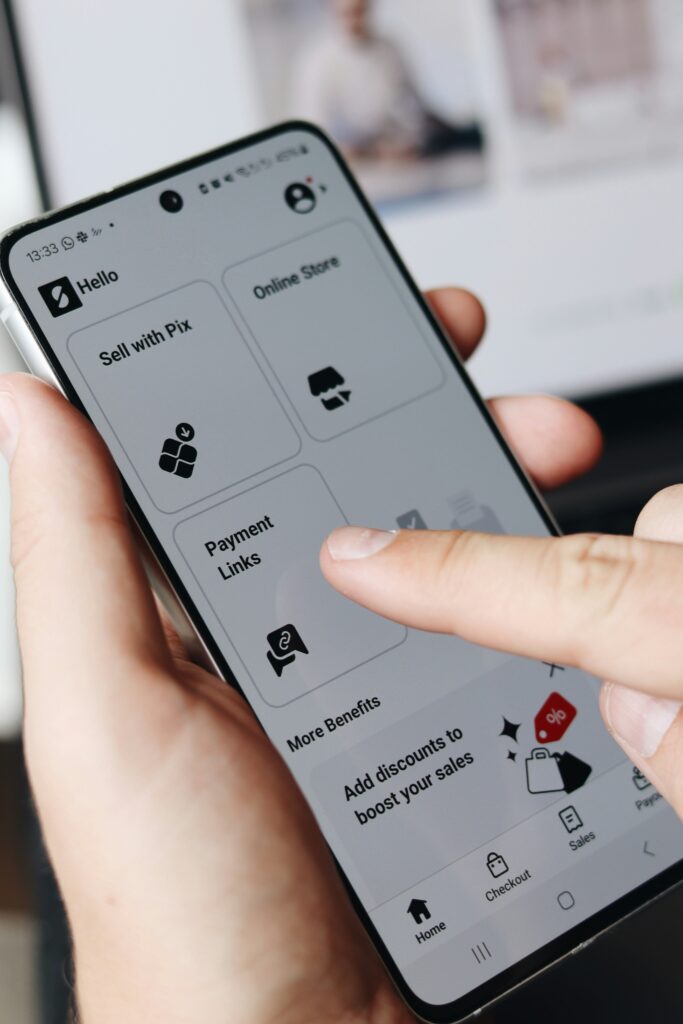
Flutter offers a strong declarative approach to creating interfaces that allows developers to craft complex UI elements rapidly and with high flexibility. The core working principle is the use of widgets that determine the form of the appearance and behavior of the app.
Learning Widgets in Flutter
All things in Flutter are brought to visibility – from simple buttons and texts to complex layouts and animations. Widgets are divided into two broad categories:
- Structural (e.g., Container, Row, Column) – governs the arrangement of the elements on the screen.
- Interactive (TextField, ElevatedButton) – allows the user to interact with the application.
- Decorative (Padding, Align, Opacity) – manages the layout and style.
The pattern makes the code predictable, modular and easily extendable.
Stateless vs. Stateful: Dynamic and Static Display
There are two types of widgets in Flutter:
- StatelessWidget – do not change after drawn. Suitable for static UI elements.
- StatefulWidget – Maintain a state that may be altered during app runtime. Used for dynamic things such as forms, animations or custom input fields.
Flutter offers a simple way to create a UI, and developing is easy along with being speedy. Usage of widgets, the understanding of Stateful and Stateless widgets, and correct code management are the significant factors for fast interface development. The following paragraphs describe how you can handle the status and navigation of your application to finish it.
Navigation Work
One of the most important things when creating mobile applications is to handle navigation between screens. In Flutter, this is done by a system of routes (making it simple to work with transitions and pass data between screens). Let’s take a look at how navigation in Flutter works and how to use this tool correctly.
Routing in the Annex
Navigation in Flutter is based on routes, which are pages or screens of your app. Every route can have an individual path (URL-like) on which the transition will occur.
- Main routes: Flutter uses the Navigator class to control navigation, which keeps a stack of screens. When you call the Navigator.push() method, a new screen is added onto the stack, and the current screen is covered. When you go back using Navigator.pop(), the current screen is removed off the stack, and the previous screen is uncovered.
- Routes with parameters: Another important thing is passing data from one screen to another. By utilizing the Navigator.pushNamed() method, you can pass parameters to a new screen via routes, which makes it easier to handle complex transitions in an app. For example, passing an item’s ID from the list to the detail page.
Navigation Methods
You have several navigation options in Flutter depending on your app’s needs:
- Navigator.push() and Navigator.pop(): Used for typical screen changes. For example, when you want to open a new screen and go back to the old one.
- Navigator.pushReplacement(): Employed when you wish to substitute the screen with a different screen. For example, for login screens, when after authorization you must change app content completely.
- Navigator.popAndPushNamed(): This is a composite method that allows you to dismiss the current screen first and then immediately navigate to the new screen.
- Parallel navigation: While working with more complex applications, you can work with multiple stacks of navigators at the same time, such as when working with tabs or sections within an app.
Declaring and Using Custom Routes
For more complex applications, you can use custom animation transitions and routes. Flutter allows you to create your own animation transitions between screens, giving your application a unique and seamless user experience.
Navigation Guidelines for Complex Applications
For large applications where navigation can be extremely difficult, it is worth taking into consideration the beginner guide on architecture of the application and how to organize the roaming.
- Modularity: Split the app into modules, each of which will be navigated individually.
- Navigation status processing: Use a library such as flutter_bloc to manage navigation state and logic, for example, to save the current screen or state of an app upon navigation.
Navigation Work
Navigation is an important aspect of any mobile application, especially for multi-platform development. Flutter provides flexible and efficient tools to execute rootings, allowing you to create a smooth and seamless user interface.
Application Routing: What Do I Need to Know?
Flutter routing is also based on the routes’ mechanism (in order to switch between different application screens (widgets)). Take care to learn how to organize the transitions well so that they become understandable to the user and intuitive.
Highlights:
- Push and Pop: Flutter uses the Navigator.push and Navigator.pop to switch from one screen to another.push pushes a new screen on top of the stack of screens, and pop takes off the top screen and returns to the previous screen.
- Routes: To facilitate simpler navigation, you can use Navigator.pushNamed and Navigator.popUntil, which have named route support, and therefore the code organization is better.
Functional Testing
Testing is a development cycle, especially in mobile apps where stability and performance are essential. Flutter has excellent tools for writing tests to assist you in catching errors early in the development stage and give a quality user experience.
Examples of Testing in Flutter
There are different types of testing in Flutter, which are categorized into three:
- Modular tests – unit testing of functions or methods. Modular tests allow you to test the application logic without having to open the UI or interact with other components.
- Widget-tests – widget testing, which involves testing the widgets of the UI applications. This allows you to test how widgets behave under different scenarios, as well as how they interact with users.
- Integration tests – a test of the entire application in one step, as well as interaction of external services of React development, databases and others.
Writing and Running Tests
Flutter provides simple-to-write test tools, including the test package for widget and modular tests and integration_test for integration testing.
To start writing a test, you need to have individual files under the test directory of your project.
Example of a simple modular test:
//
import ‘package:test/test.dart’;
void main() {
test(‘Testing the function of addition’, () {
var result = add(2, 3);
expect(result, 5);
});
}
//
To run the tests, you can use:
//
flutter test
//
For integration tests, use the command:
//
flutter drive –target=test_driver/app.dart
//
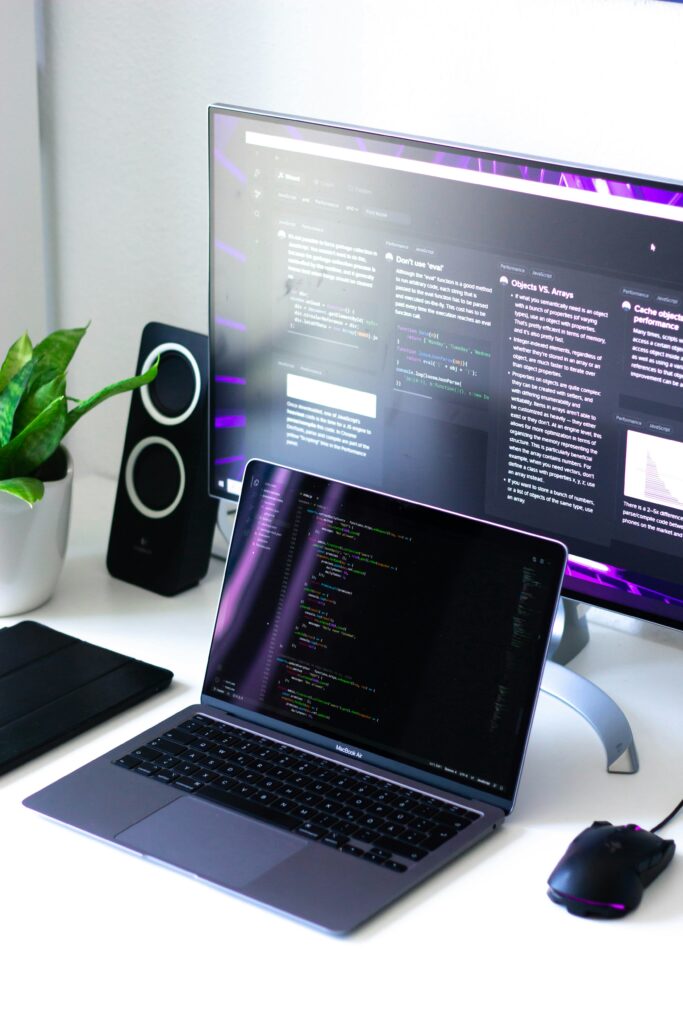
Pre-release Phase
Once you have finished making the application and are sure it’s stable, it is now time to prepare for publishing. It’s required to go through a few steps so that publishing occurs smoothly and not too many problems arise after publishing.
Assembly of the Application
To release the application, you need to build a build for each platform (Android and iOS). Flutter allows you to do this easily with one command:
//
flutter build apk # for Android
flutter build ios # for iOS
//
For Android, you can compile both the regular APK and AAB (Android App Bundle) that is required to publish to Google Play:
//
flutter build appbundle
//
For iOS, you need to use Xcode to create a backup and prepare it for sending to the App Store.
Optimization and Reduction of Application Size
Before publishing, it is important to make sure that your application is not too bulky, as users prefer smaller applications for faster downloads and installations. Here are some ways to reduce the size of your application:
- Remove unused resources: Make sure that there are no unnecessary images, fonts and other media files in the project.
- Use –split-per-abi for Android: This will create separate APKs for different architectures (x86, ARM) which will reduce the overall file size.
To create more optimized maps use:
//
flutter build apk –split-per-abi
//
Publishing on App Stores
Once your app is created and optimized, it’s time to publish to Google Play or the App Store.
- Google Play: You need to sign up as a developer, create an application page in the Google Play console, upload APK or AAB file, fill in a description, add screenshots and specify a price (if the application is not free).
- App Store: The same procedure, but you will need to use Xcode to create a backup, and then it is downloaded through App Store Connect. You will also need to create certificates and profiles for application signing.
After publication, do not forget to track the user reviews and update the app regularly in order to keep it up to date.
